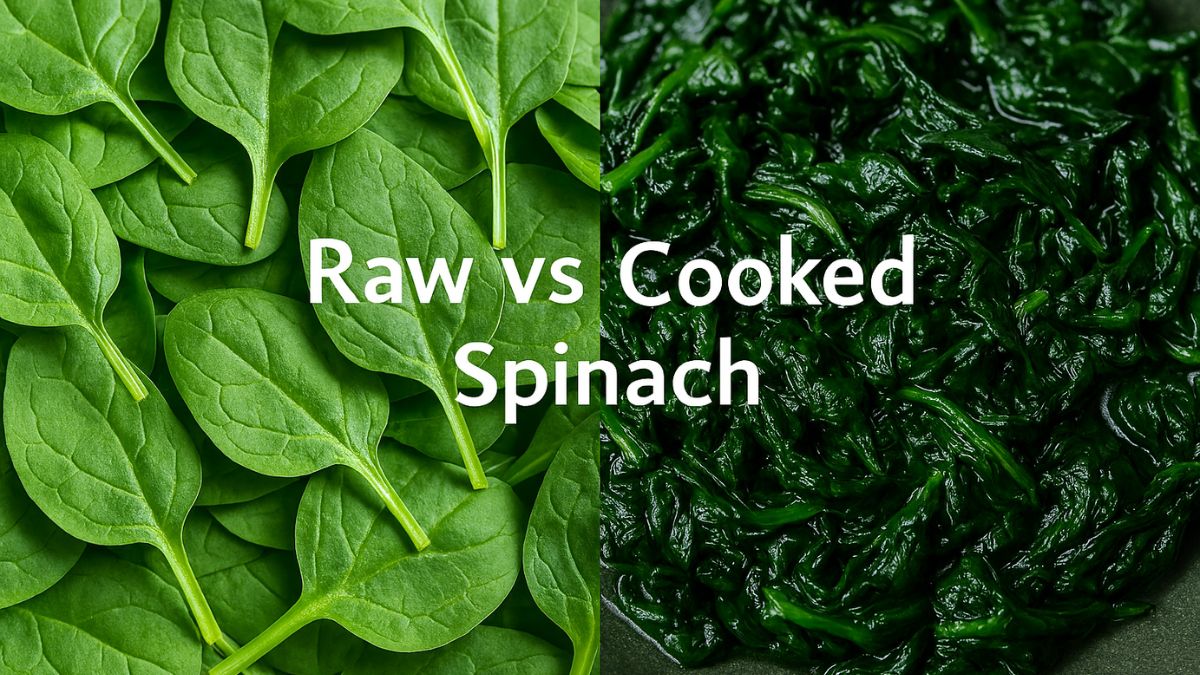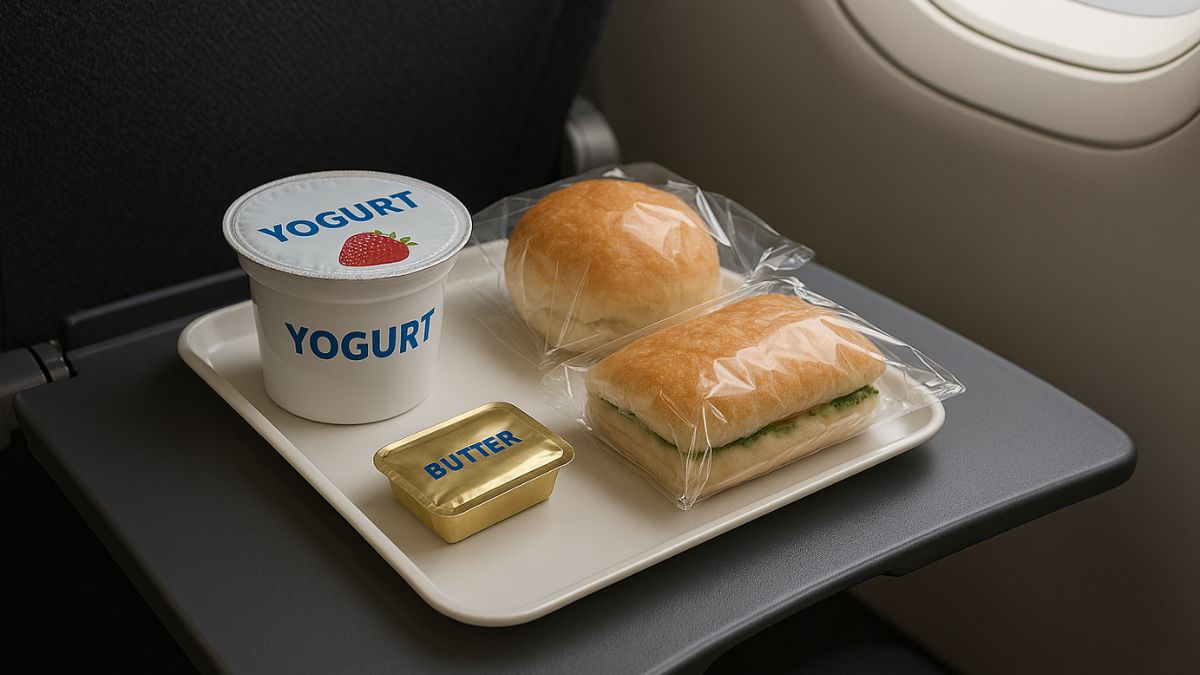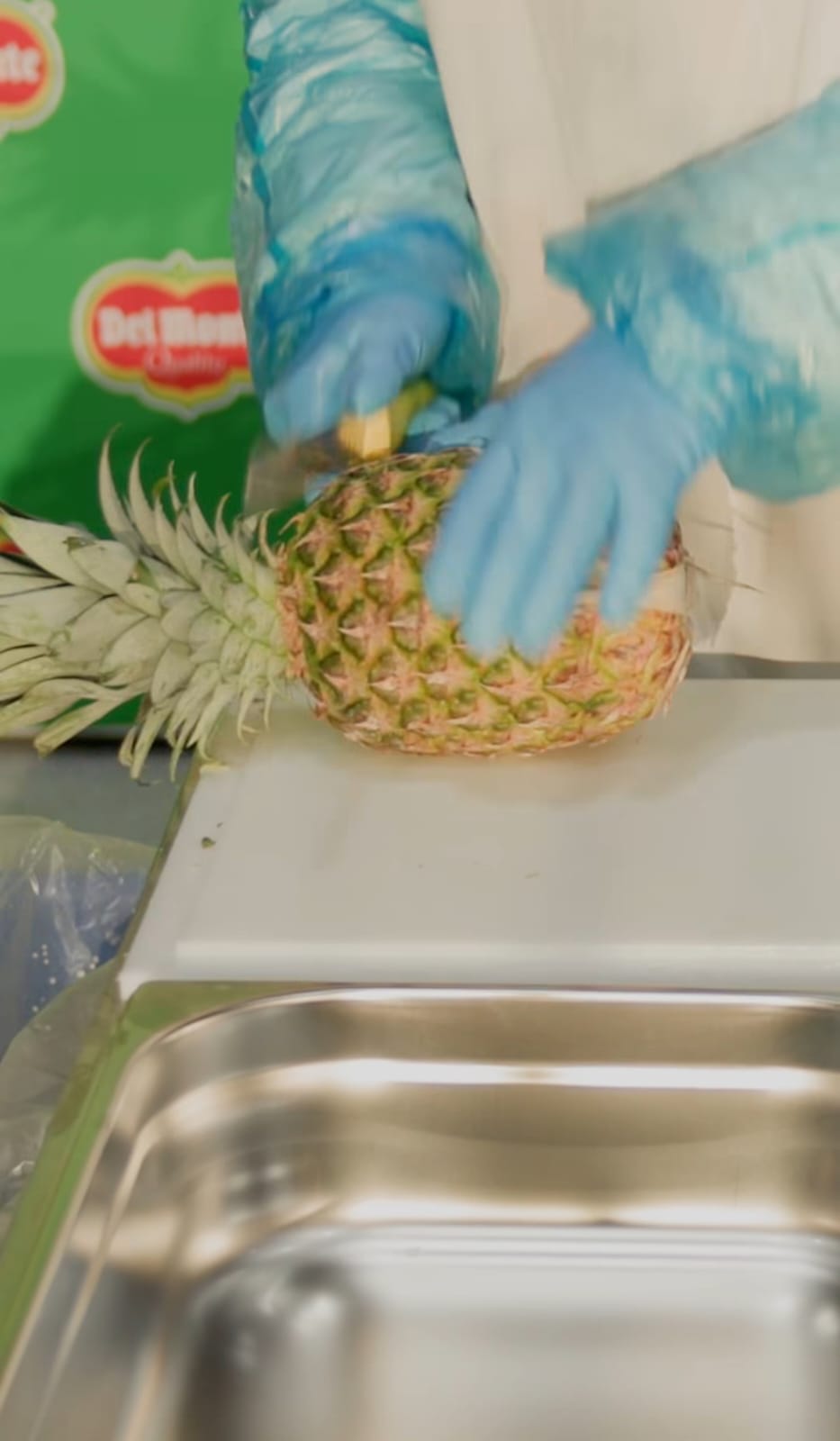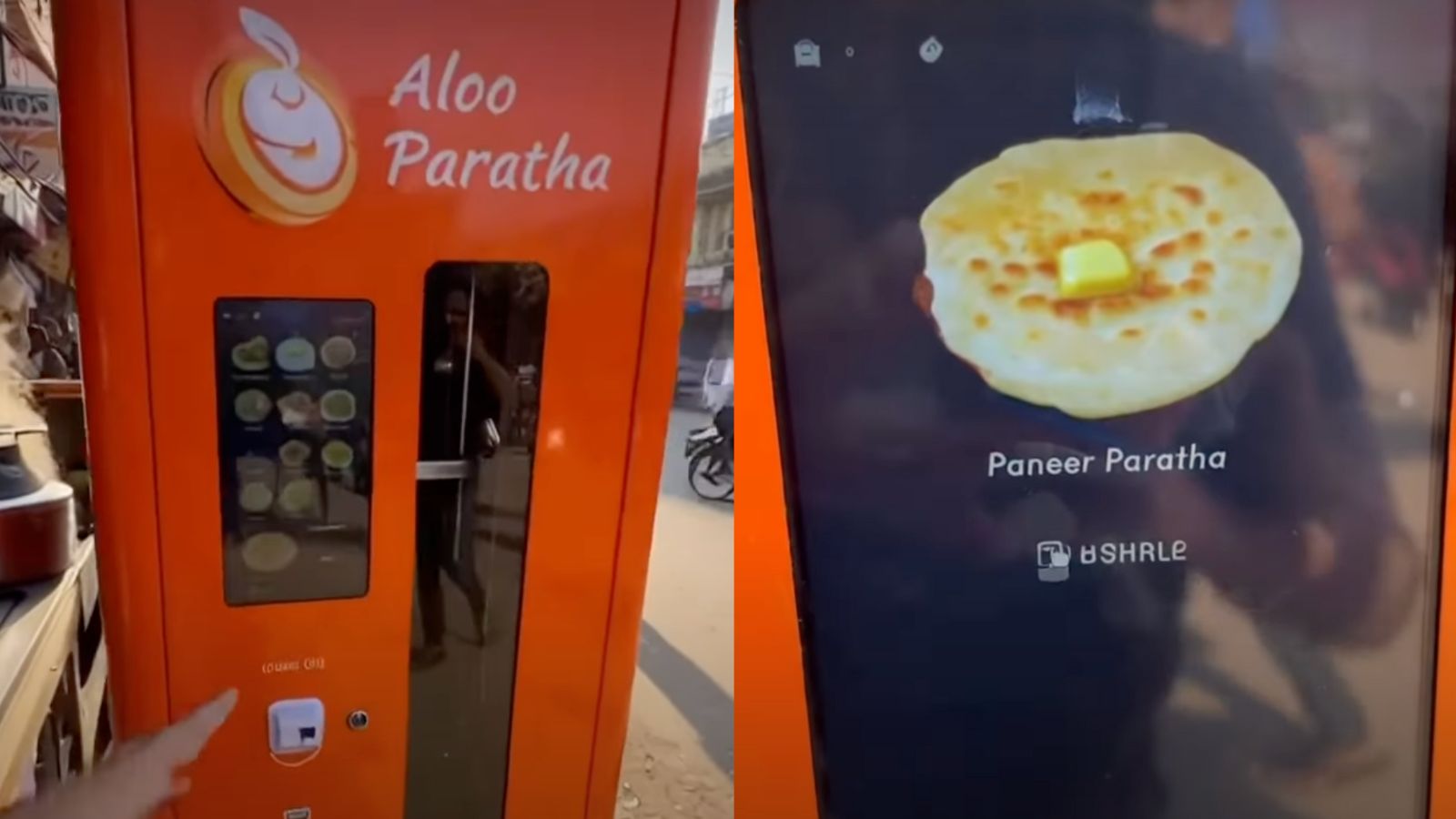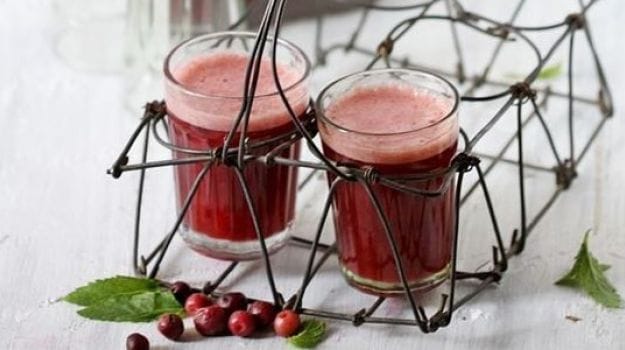The blackish purple Indian berry is back in season and we can't wait to gorge on it. Phalsa is a summer fruit, which is available only from April to June. Originally a native of India and Pakistan, Phalsa or Falsa (Grewia asiatica) has been a significant fruit to India since time immemorial. According to Ayurveda, the fruit allays thirst and burning sensation, and cures heart and blood disorders. It is also seen growing in other parts of Southeast Asia, including Pakistan, Sri Lanka and Bangladesh. Phalsa was introduced to Indonesia and the Philippines in the early half of the 20th century. Today, it is regarded as an exotic fruit in parts of Thailand, Vietnam, Cambodia, and Laos.Phalsa shrubs majorly grows in the Himalayan regions of India. However, the major Indian states cultivating the fruit commercially are Punjab, Uttar Pradesh, Madhya Pradesh, Haryana, and Rajasthan. The availability of the food is limited as the harvest season lasts for just three weeks. Moreover, the fruits ripen in uneven batches, which means that they need to be plucked by hand, thus making collection a time consuming task. Most of the fruits are usually taken by big manufacturers for processing into beverages and syrups. However, whenever the roadside fruit sellers do get their share of Phalsa berries during summers, their sale knows no bounds. After all you don’t find the seasonal delight all through the year.
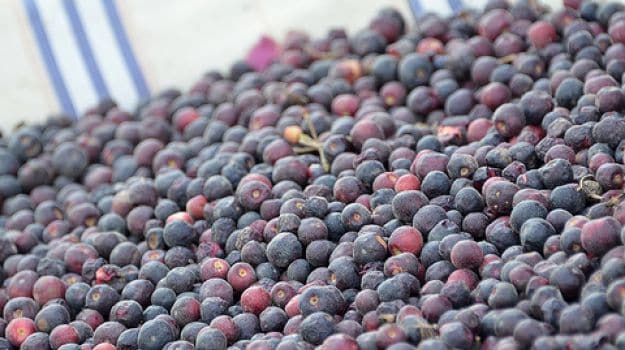
Phalsa berries are the closest to blueberries in resemblance but its taste can be compared more with jamun, grapes and cranberries. The sweetness of the fruit is counterbalanced by the acidic sour flavour, making it a relishing treat. Some people pluck Phalsa fruits once they turn red with the expectation that they will become blackish purple within a week’s time.
The tiny tangy delight packs a host of health benefits too. The fruit contains 0 Fat, 5.53g Fiber, 136mg Calcium, 24.2mg Phosphorous and 372mg Potassium (according to USDA). Phalsa fruit is a coolant and perfect to keep your stomach calm in this scorching heat, and also prevent you from dehydration. It has strong antioxidant, antibacterial and antimicrobial properties, thus keeping multiple infections at bay. Phalsa is a low glycemic index fruit, thereby a treat even for diabetics. However they must be mindful of their intake; excess intake may manifest into problems. (Also read:9 Amazing Black Grapes Benefits: From Heart Health to Gorgeous Skin)
The incredible coolant that it boasts to be, why not blend Phalsa into the beverage we are always up for in the summers - the Phalsa Sharbat! Click here to try a simple recipe - Phalsa Sharbat.Recipe By Roopa GulatiIngredients
- 1/2 kg phalsa
- 200 gm sugar
- 350 ml water
- Soda water
- Ice cubes
How to Make Phalse Ka Sharbat:1. Clean berries.
2.Prepare sugar syrup with sugar and water.
3. Boil for five minutes. Add the berries and allow to steep overnight. (Steep: Keeping the berries in the sugar-water liquid. This helps improve the flavor)
4. Blend and strain mixture.
5.Combine with soda and ice and serve.Have a cool berry blast with this excellent summer quencher. Sip, slurp and rejoice.
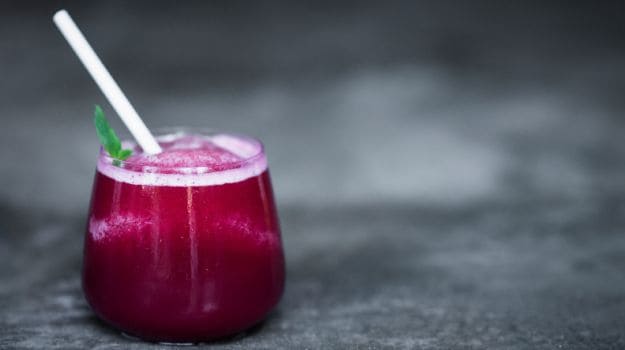
About Sushmita SenguptaSharing a strong penchant for food, Sushmita loves all things good, cheesy and greasy. Her other favourite pastime activities other than discussing food includes, reading, watching movies and binge-watching TV shows.

